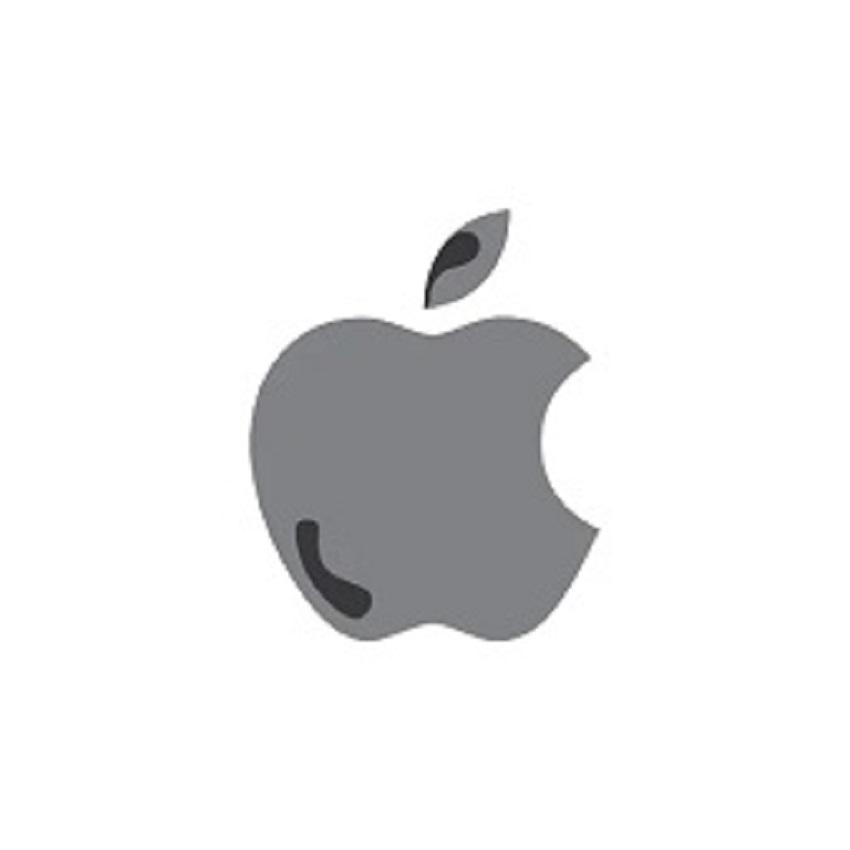Microsoft Windows 11: A Complete Overview of Features, Benefits, and System Requirements

Windows 11 is Microsoft’s latest operating system, launched globally on October 5, 2021, as the successor to Windows 10. Designed with a modern interface, enhanced performance, and a focus on productivity, Windows 11 aims to deliver a cleaner, more user-centric experience across PCs, tablets, and hybrid devices.
Whether you're upgrading from an older version or purchasing a new system, this guide will walk you through everything you need to know about Windows 11 — from features and benefits to system requirements and performance improvements.
✅ What Is Microsoft Windows 11?
Windows 11 is a desktop operating system developed by Microsoft. It builds upon Windows 10 but introduces a completely redesigned user interface, better touch and pen support, improved performance, and deeper integration with services like Microsoft Teams and Microsoft 365.
🌟 Key Features of Windows 11
1. Redesigned Start Menu & Taskbar
The Start button and taskbar are now centered, giving Windows 11 a more macOS-like appearance. The new Start menu is minimalist, without live tiles, and instead shows pinned apps and recent files.
2. Snap Layouts & Snap Groups
These features allow users to organize multiple open windows into efficient layouts and easily switch between them. Perfect for multitasking on large screens or ultrawide monitors.
3. Virtual Desktops
You can now create custom virtual desktops for different purposes like work, gaming, or personal use — each with its own background and app setup.
4. Microsoft Teams Integration
Teams is now natively integrated into the taskbar, making it easier to start chats, video calls, or meetings with just one click.
5. Widgets
Windows 11 brings back widgets in a modern format — including weather, calendar, news, stocks, and more — accessible from the taskbar.
6. New Microsoft Store
The revamped store features a cleaner design and supports more types of apps including traditional Win32 apps, Progressive Web Apps (PWAs), and Universal Windows Platform (UWP) apps.
7. Gaming Enhancements
Windows 11 includes features like:
-
Auto HDR (better colors for older games)
-
DirectStorage (faster game loading from SSDs)
-
Xbox Game Pass integration via the Xbox app
8. Touch, Pen & Voice Improvements
Better gestures, new on-screen keyboard options, haptics for stylus, and enhanced voice typing with punctuation make Windows 11 more usable on tablets and 2-in-1 devices.
🛠️ System Requirements
To install Windows 11, your system must meet minimum hardware requirements:
-
Processor: 1 GHz or faster with 2+ cores on a compatible 64-bit processor
-
RAM: 4 GB or more
-
Storage: 64 GB or larger
-
System Firmware: UEFI with Secure Boot
-
TPM: Version 2.0 (Trusted Platform Module)
-
Graphics: DirectX 12-compatible GPU with WDDM 2.0 driver
-
Display: HD (720p), 9” or larger, with 8-bit per color channel
💡 Tip: Use Microsoft’s “PC Health Check” tool to see if your device is compatible with Windows 11.
🔒 Security Enhancements
Windows 11 places a strong emphasis on security. The OS requires TPM 2.0 and Secure Boot for a reason — to provide:
-
Improved protection against malware and ransomware
-
BitLocker device encryption
-
Enhanced hardware-based isolation
These upgrades are especially important for enterprise and business environments.
⚡ Performance Improvements
Compared to Windows 10, Windows 11 is more efficient in:
-
Memory management
-
Battery usage on laptops
-
App prioritization (foreground apps run faster)
-
Wake from sleep (especially on SSD-based devices)
Even on mid-range systems, users report snappier performance and fewer background processes.
🎨 Design and UI Changes
-
Rounded corners on windows and menus
-
New icon set and system sounds
-
Light and Dark mode improvements
-
Fluent Design System for a cleaner and more cohesive experience
💻 Versions of Windows 11
-
Windows 11 Home – Ideal for everyday users
-
Windows 11 Pro – Adds business-focused features like BitLocker, Hyper-V, and Group Policy
-
Windows 11 Enterprise – For large organizations with enterprise-grade security and tools
-
Windows 11 Education – Built for educational institutions
🆚 Windows 10 vs. Windows 11
|
Feature |
Windows 10 |
Windows 11 |
|
Interface Design |
Classic layout |
Modern, centered design |
|
Snap Layouts |
Manual window arrangement |
Built-in snap groups |
|
Microsoft Store |
Limited app support |
Wider app compatibility |
|
Touch/Tablet Experience |
Basic |
Highly optimized |
|
TPM Requirement |
Optional |
Mandatory (TPM 2.0) |
|
DirectStorage |
Not available |
Supported |
📦 How to Get Windows 11
-
Upgrade for Free from Windows 10 (if your PC is eligible)
-
Pre-installed on new laptops and desktops
-
Download ISO from Microsoft’s website for manual installation
❓ FAQs
Q: Is Windows 11 a free upgrade?
A: Yes, Windows 11 is a free upgrade for eligible Windows 10 PCs.
Q: Can I go back to Windows 10?
A: Yes, within 10 days of upgrading, you can roll back to Windows 10.
Q: Does Windows 11 support Android apps?
A: Yes, via the Amazon Appstore and Windows Subsystem for Android, though availability may vary by region.
🔍 Who Should Use Windows 11?
-
Students: Clean layout, Teams integration, and better multitasking.
-
Professionals: Enhanced productivity features, performance, and security.
-
Gamers: DirectStorage, Auto HDR, and Game Pass integration.
-
Businesses: Better management tools and enterprise-level security.
📝 Conclusion
Microsoft Windows 11 is not just a cosmetic upgrade — it's a performance-focused, secure, and user-friendly OS for the modern world. With features that improve productivity, gaming, and collaboration, Windows 11 is designed for the next generation of computing.
If your device supports it, upgrading to Windows 11 can significantly enhance your digital experience.
- Art
- Causes
- Best Offers
- Crafts
- Dance
- Drinks
- Film
- Fitness
- Food
- Spellen
- Festival
- Gardening
- Health
- Home
- Literature
- Music
- Networking
- Other
- Party
- Religion
- Shopping
- Sports
- Theater
- Wellness



